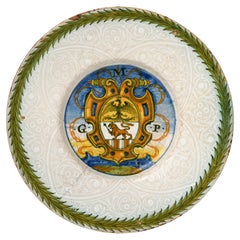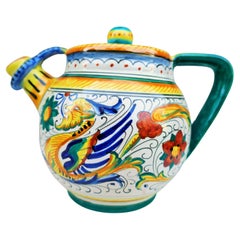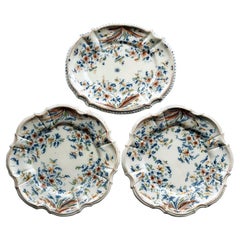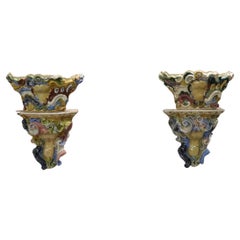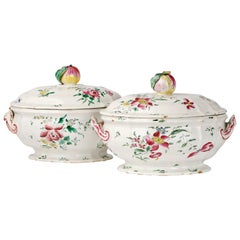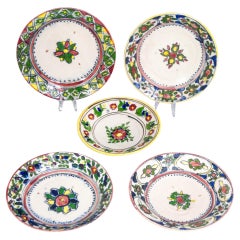Maiolica Serveware, Ceramics, Silver and Glass
16th Century Italian Renaissance Antique Maiolica Serveware, Ceramics, Silver and Glass
Maiolica
1980s Italian Vintage Maiolica Serveware, Ceramics, Silver and Glass
Maiolica
1740s Italian Rococo Antique Maiolica Serveware, Ceramics, Silver and Glass
Maiolica
1880s Italian Antique Maiolica Serveware, Ceramics, Silver and Glass
Maiolica
1770s Italian Rococo Antique Maiolica Serveware, Ceramics, Silver and Glass
Maiolica
19th Century Italian Antique Maiolica Serveware, Ceramics, Silver and Glass
Maiolica
1960s Italian Mid-Century Modern Vintage Maiolica Serveware, Ceramics, Silver and Glass
Maiolica
1770s Italian Rococo Antique Maiolica Serveware, Ceramics, Silver and Glass
Maiolica
1730s Italian Rococo Antique Maiolica Serveware, Ceramics, Silver and Glass
Maiolica
16th Century Italian Renaissance Antique Maiolica Serveware, Ceramics, Silver and Glass
Maiolica
1770s Italian Rococo Antique Maiolica Serveware, Ceramics, Silver and Glass
Maiolica
1770s Italian Rococo Antique Maiolica Serveware, Ceramics, Silver and Glass
Maiolica
1770s Italian Neoclassical Antique Maiolica Serveware, Ceramics, Silver and Glass
Maiolica
1770s Italian Rococo Antique Maiolica Serveware, Ceramics, Silver and Glass
Maiolica
Late 17th Century Italian Baroque Antique Maiolica Serveware, Ceramics, Silver and Glass
Maiolica
1770s Italian Rococo Antique Maiolica Serveware, Ceramics, Silver and Glass
Maiolica
1740s Italian Baroque Antique Maiolica Serveware, Ceramics, Silver and Glass
Maiolica
1730s Italian Baroque Antique Maiolica Serveware, Ceramics, Silver and Glass
Maiolica
1750s Italian Baroque Antique Maiolica Serveware, Ceramics, Silver and Glass
Maiolica
1770s Italian Rococo Antique Maiolica Serveware, Ceramics, Silver and Glass
Maiolica
1770s Italian Rococo Antique Maiolica Serveware, Ceramics, Silver and Glass
Maiolica
1770s Italian Rococo Antique Maiolica Serveware, Ceramics, Silver and Glass
Maiolica
1770s Italian Rococo Antique Maiolica Serveware, Ceramics, Silver and Glass
Maiolica
1770s Italian Rococo Antique Maiolica Serveware, Ceramics, Silver and Glass
Maiolica
Mid-19th Century Italian Renaissance Revival Antique Maiolica Serveware, Ceramics, Silver and Glass
Maiolica
16th Century Italian Renaissance Antique Maiolica Serveware, Ceramics, Silver and Glass
Maiolica
2010s Italian Modern Maiolica Serveware, Ceramics, Silver and Glass
Stone, Limestone
Read More
How a Craving for Color Revolutionized Glass
After synthetic dyes changed fashion, home goods and printed matter, it was only a matter of time till glass caught up.
1882 Ltd. Looks to the Future of Ceramics in the U.K. with an Eclectic Exhibition and Auction
Faye Toogood and John Pawson are among the list of plate designers.
20 Inviting Dining Rooms Perfectly Arranged for Entertaining
Top interior designers show — and tell — us how to create delectable spaces for hosting dinner parties.
Paul Revere Crafted This Silver Coffee Pot 250 Years Ago
Perhaps best known as a Revolutionary War hero, Revere was also an accomplished silversmith, and this pot is now available on 1stDibs.
From Arne Jacobsen to Zaha Hadid, Top Designers Tackle Tableware
Clever objects like these make feasting even more festive.
How the Chunky, Funky Ceramics of 5 Mid-Century American Artists Balanced Out Slick Modernism
Get to know the innovators behind the pottery countercultural revolution.
Ready for a Cinderella Moment? This Glass Handbag Is a Perfect Fit
Glass slippers might be the stuff of fairytales, but glass handbags? Artist Joshua Raiffe has made them a reality, and they're far less delicate than you might imagine, but just as dreamy.
With Dansk, Jens Quistgaard Delivered Danish Simplicity to American Tables
When a visionary Copenhagen designer teamed up with an enterprising Long Island couple, Scandi-style magic landed in kitchens and dining rooms across the United States.
